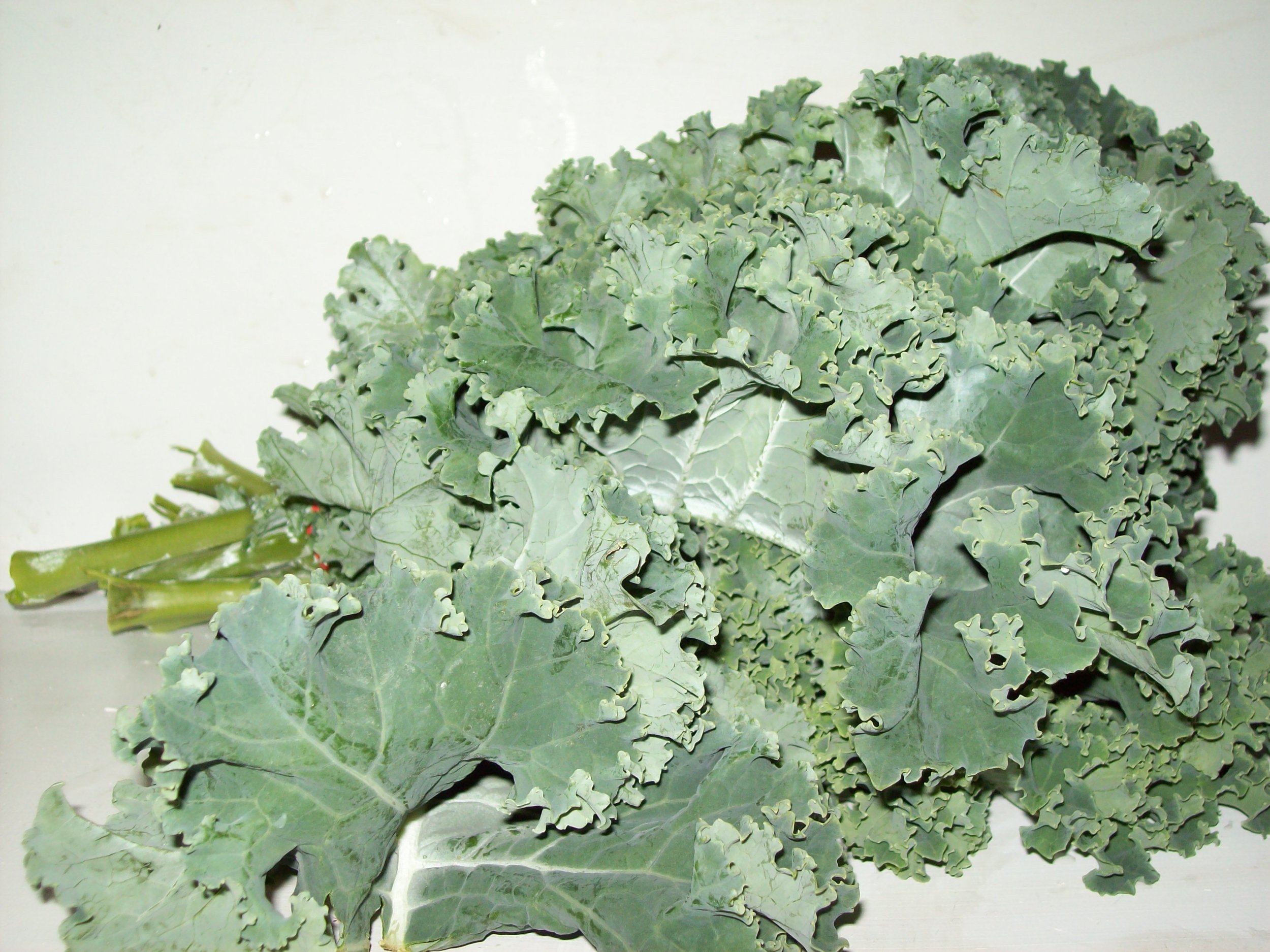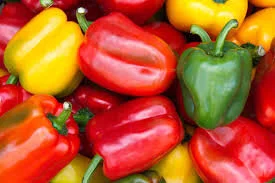Cabbage
/Cabbage (Brassica oleracea var. capitata)
Cabbages are the great-grandparent of cauliflower, kale, broccoli, collards, and Brussels sprouts. The wild cabbage purportedly grew along the Mediterranean in ancient times, but was also mentioned in China by Confucius (d. 497 B.C.). Cabbage contains fiber, reduces cholesterol, and contains vitamins A,C, calcium, potassium, and magnesium.
Storage Tips:
Refrigerate cabbage in hydrator drawer. A plastic bag will help retain moisture but it is not necessary. Do not remove outer leaves before storage.
Properly stored, cabbage can last three weeks to two months in the refrigerator. It can last much longer in optimum root cellar conditions.








